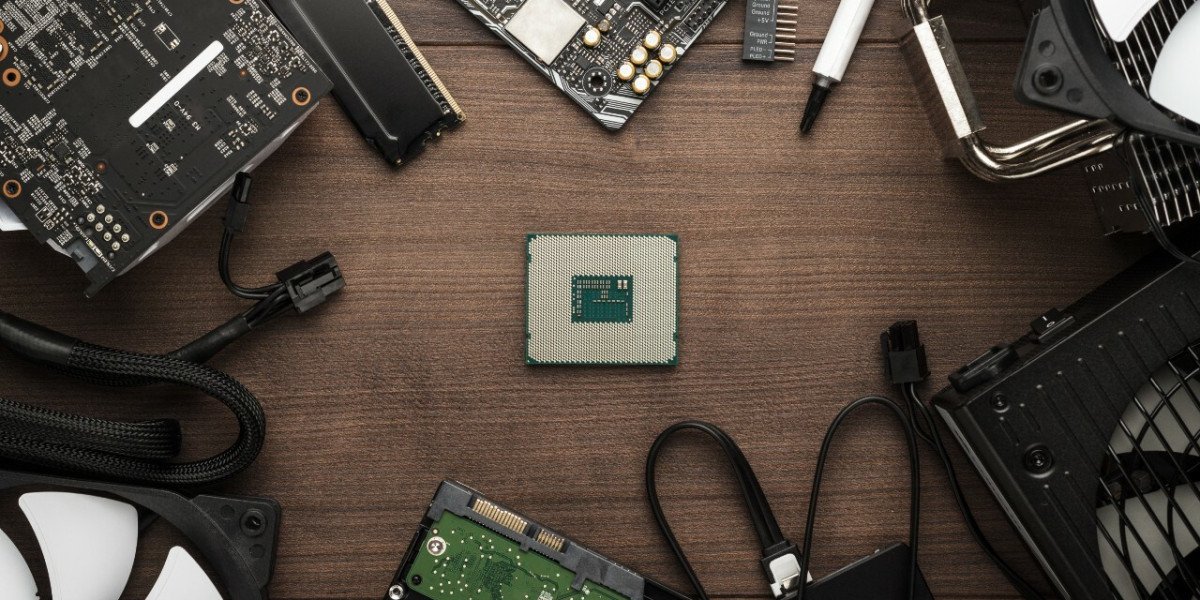- Central Processing Unit (CPU)
The CPU is the brain of your computer. It executes instructions, performs calculations, and manages data. When choosing a CPU, consider factors like clock speed, core count, and thermal design power (TDP). Intel and AMD are the primary CPU manufacturers, each offering a range of options to suit various needs.
- Motherboard
The motherboard is the central hub that connects all your components. It determines compatibility and dictates the type of CPU and RAM you can use. Look for features like expansion slots, USB ports, and connectivity options when selecting a motherboard.
- Random Access Memory (RAM)
RAM is your computer's short-term memory. It stores data that the CPU needs for quick access. Higher RAM capacity allows for smoother multitasking and better performance. DDR4 and DDR5 are the most common RDRAM types today.
- Storage Drives
There are several storage options available, including solid-state drives (SSDs) for speed and hard disk drives (HDDs) for capacity. Consider using an SSD as your primary drive for faster boot times and application loading.
- Graphics Processing Unit (GPU)
For gamers and content creators, the GPU is crucial. It handles rendering, image processing, and video playback. NVIDIA and AMD offer powerful GPUs, with options ranging from entry-level to high-end.
- Power Supply Unit (PSU)
The PSU delivers power to your components. Ensure it can supply enough wattage for your system and is of high quality to prevent electrical issues.
- Computer Case
Choose a case that accommodates your components, provides adequate airflow, and suits your aesthetic preferences. Cases come in various sizes, from compact mini-ITX to full-tower designs.
- Cooling System
To keep your PC running smoothly, invest in a cooling system. Air and liquid cooling solutions are available to maintain optimal temperatures for your CPU and GPU.
- Peripherals
Don't forget peripherals like a monitor, keyboard, and mouse. Select peripherals that enhance your overall computing experience and suit your needs.
Conclusion
Building a PC can be a rewarding experience, allowing you to create a machine tailored to your specific requirements. Understanding the role of each pc component and how they interact is essential for a successful build. Whether you're a novice or an experienced PC enthusiast, this guide should serve as a valuable resource as you embark on your PC-building journey. Happy building!








